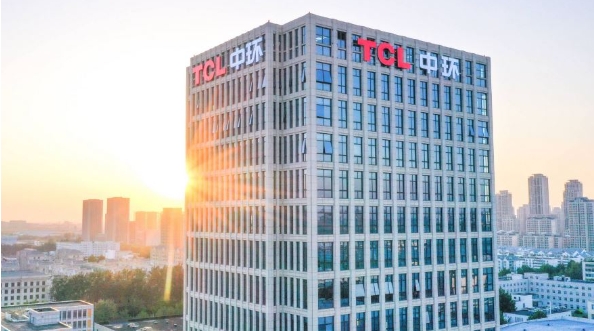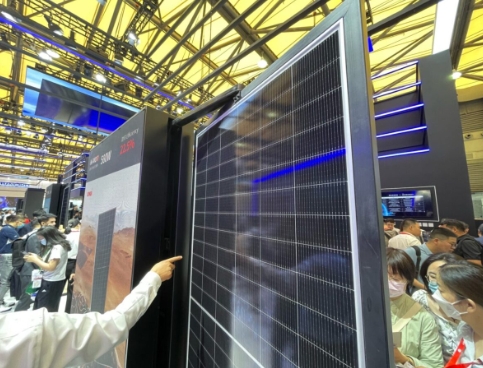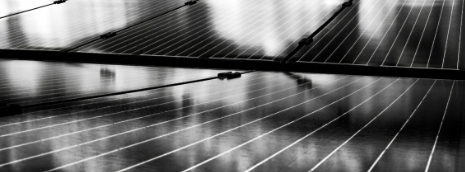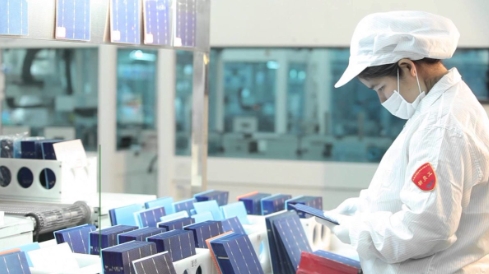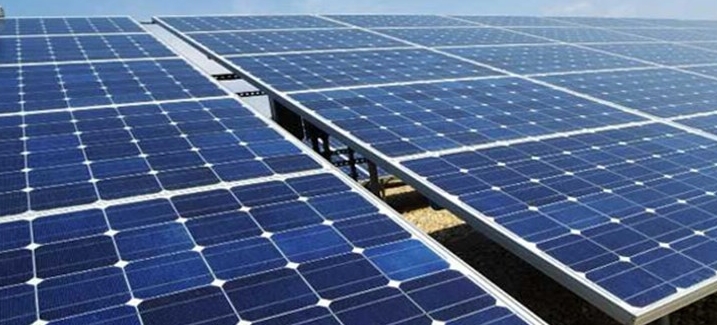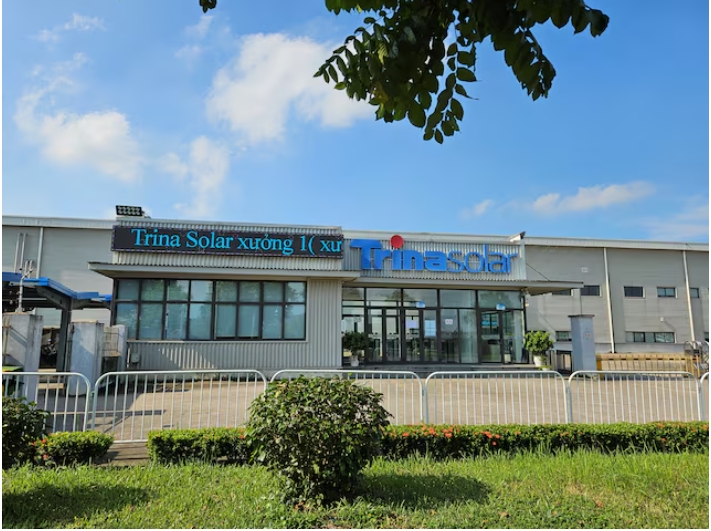
Meanwhile, in nearby Indonesia and Laos, a slew of new Chinese-owned solar plants are popping up, out of the reach of Washington's trade protections. Their planned capacity is enough to supply about half the panels installed in the U.S. last year, Reuters reporting shows.
Chinese solar firms have repeatedly shrunk output in existing hubs while building new factories in other countries, allowing them to sidestep tariffs and dominate the U.S. and global markets despite successive waves of U.S. tariffs over more than a decade designed to rein them in.
While Chinese firms have been moving their solar manufacturing for years, the scope of the shift to Indonesia and Laos in this latest phase has not previously been reported. More than a dozen people in five countries, including employees at Chinese plants, officials at non-Chinese solar companies and lawyers were interviewed for this article.
"It's a huge cat and mouse game," said William A. Reinsch, a former trade official in the Clinton administration and senior adviser at the Center for Strategic and International Studies.
"It's not that hard to move. You set up and you play the game again. The design of the rules is such that the U.S. is usually one step behind."
China accounts for about 80% of the world's solar shipments, while its export hubs elsewhere in Asia make up much of the rest, according to SPV Market Research. That's a sharp contrast to two decades ago when the U.S. was a global leader in the industry.
America's imports of solar supplies, meanwhile, have tripled since Washington began imposing its tariffs in 2012, hitting a record $15 billion last year, according to federal data. While almost none came directly from China in 2023, some 80% came from Vietnam, Thailand, Malaysia and Cambodia – home to factories owned by Chinese firms.
Washington slapped tariffs on solar exports from those four Southeast Asia nations last year and expanded them in October following complaints from manufacturers in the United States.
Over the last 18 months, at least four Chinese or China-linked projects have begun operations in Indonesia and Laos, and another two have been announced. Together, the projects total 22.9 gigawatts (GW) in solar cell or panel capacity.
Much of that production will be sold in the United States, the world's second-biggest solar market after China and one of the most lucrative. U.S. prices have on average been 40% higher than those in China over the past four years, according to data from PVinsights.
U.S. solar producers have repeatedly stated in trade complaints lodged with the U.S. government that they can't compete with cheap Chinese products that they say are unfairly supported by subsidies from the Chinese government and the Asian countries they export from.
Chinese solar firms have countered that their mastery of the technology makes them more competitive on price.
Tariffs are a key theme in the U.S. election, with Republican former President Donald Trump proposing levies on all U.S. imports to stimulate U.S. manufacturing, including a 60% rate on any goods from China. His rival, Democrat Vice President Kamala Harris has said Trump's plan would raise costs for U.S. consumers.
Lawmakers on both sides of the aisle, however, have shown support for tougher tariffs on China's solar shipments to nurture a domestic supply chain.
"Going forward, the American public should demand much stricter enforcement of tariffs, especially around (China's) use of third countries to break U.S. trade law," Republican Congressman John Moolenaar, Chairman of the House Select Committee on China, told Reuters.
The U.S. Department of Commerce, the White House and China's commerce ministry did not respond to Reuters requests for comment.
The most immediate visible impact of the latest U.S. tariffs, which have brought total duties to more than 300% for some producers, has been in Vietnam's solar sector.
In August, Reuters visited industrial parks in northern Vietnam owned by Chinese-owned companies including Longi and Trina Solar, and spoke with workers.
In Bac Giang province, hundreds of workers at a large factory complex owned by Longi Green Energy Technology's (601012.SS), opens new tab Vinasolar unit lost their jobs this year, two employees with knowledge of the matter said.
The company was using just one of nine production lines in the industrial park, one of them said.
In Thai Nguyen, another province, Trina Solar (688599.SS), opens new tab has idled one of its two factories making solar cells and panels, two employees there said.
The employees at both companies declined to be identified due to the sensitivity of the issue.
Longi did not respond to Reuters requests for comment. It said in June it had suspended output at a Vietnamese solar cell plant but did not provide details. Trina declined to comment. It said in June that some facilities in Vietnam and Thailand would be shut down for maintenance without elaborating.
While U.S. solar import data shows shipments from Vietnam up almost 74% through August, industry analysts have attributed the jump to the frontloading of exports to get ahead of this year's U.S. tariffs.
Vietnam's government did not respond to requests for comment.
Chinese solar companies are flocking to Indonesia motivated by the tariffs on Vietnam, according to Indonesian industry ministry official Beny Adi Purwanto who cited Thornova Solar as an example. Thornova says on its website its Indonesian plant has annual capacity to build 2.5 GW of solar modules and 2.5 GW of solar cells for the North American market.
A new 1 GW Trina module and cell plant will be fully operational by end 2024 and will expand capacity, according to Beny. He noted China Lesso Group's solar module plant which has 2.4 GW in production capacity.
China-linked New East Solar also announced a 3.5 GW panel and cell plant in Indonesia last year.
The Chinese companies did not respond to Reuters requests for comment.
The shift to Indonesian production has been sharp and swift, according to one manager at a U.S. solar firm who was told by their Chinese supplier in Indonesia that they're inundated with big orders from major Chinese firms looking to export to the United States.
"The scale is totally different," said the manager who declined to be identified.
Solar exports from Indonesia to the U.S. nearly doubled to $246 million through August of 2024, according to federal data.
Solar companies seeking greener pastures in Laos include Imperial Star Solar. The firm, which has Chinese roots but most of its production in Cambodia, opened a Laos wafer plant in March slated to eventually have 4 GW in capacity.
The move, it said in a statement at the time, helped it sidestep U.S. tariffs.
SolarSpace also opened a 5 GW solar cell plant in Laos in September 2023. The primary purpose of transferring production capacity to Laos was not related to U.S. tariffs, the company said in a statement to Reuters but did not elaborate.
Solar exports from Laos to the U.S. were non-existent in the first eight months of last year but were worth some $48 million through August of 2024.
